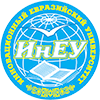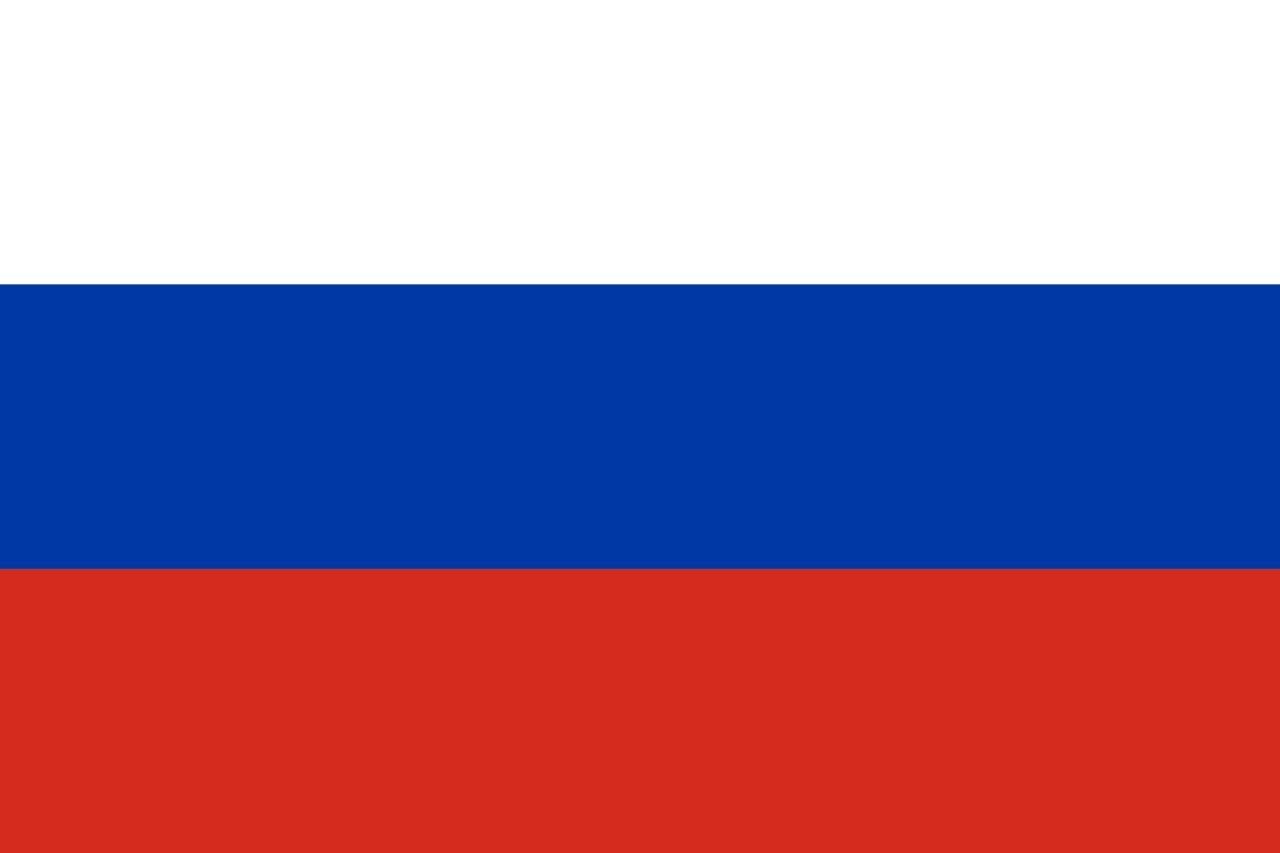Annotation:
This article proposed one of the solutions to the important today problem of optimal
organization of man-made deposits consisting of mining waste for their further processing. A project
is presented to abandon the waste dump facility as the final technological stage of mining operations in
favor of storage. The purpose of the project to replace the waste dump facility with storage is to attract
additional funds received from the sale of mineral raw materials of man-made mineral deposits.
As evidence of the profitability of the considered project of transition from waste dumping to
storage of mining waste, a schedule of changes in the cost of overburden and stored rocks over several
years was compiled.
To conduct a more advanced objective assessment of the effectiveness of the proposed project,
possible designs of quarry waste warehouses, their positive and negative aspects in formation and
development were considered. The considered warehouse designs and their parameters are
theoretically presented in the conditions of the JSC "Kachary ruda" and subjected to an economic
assessment. In the process of this assessment, it was necessary and sufficient to take into account only
the costs of the transition to the storage of mining waste.
Year of release:
2024
Number of the journal:
4(96)
Heading: Technical sciences and technologies

 English
English Русский
Русский Қазақ
Қазақ